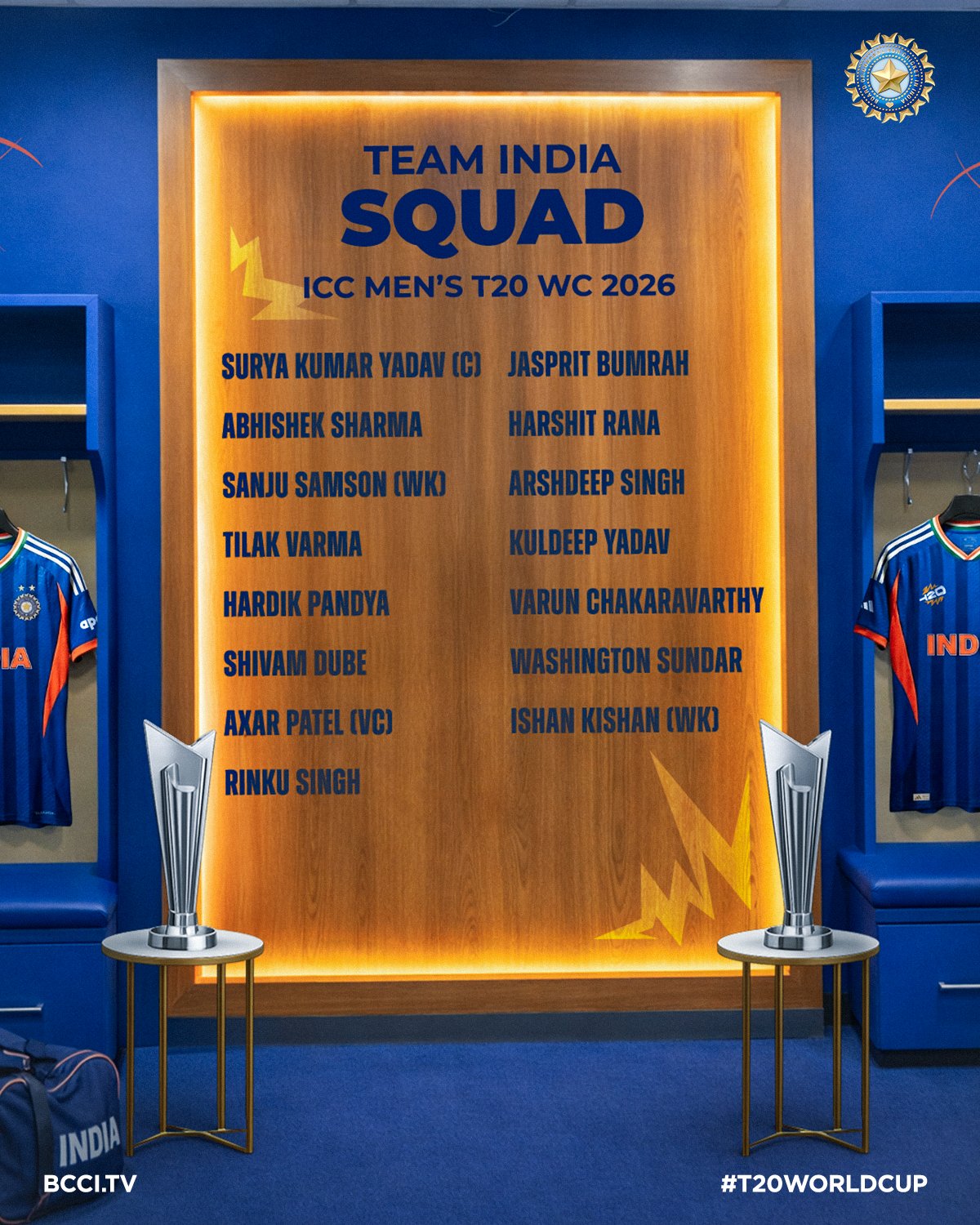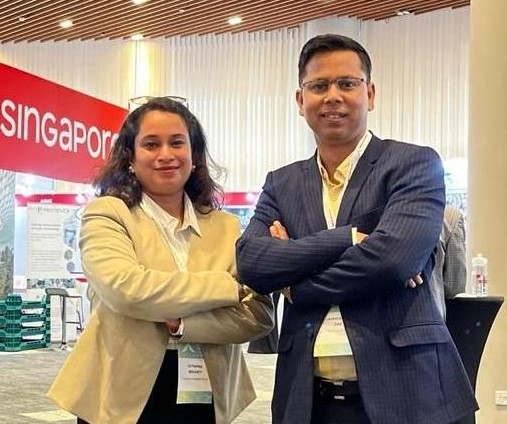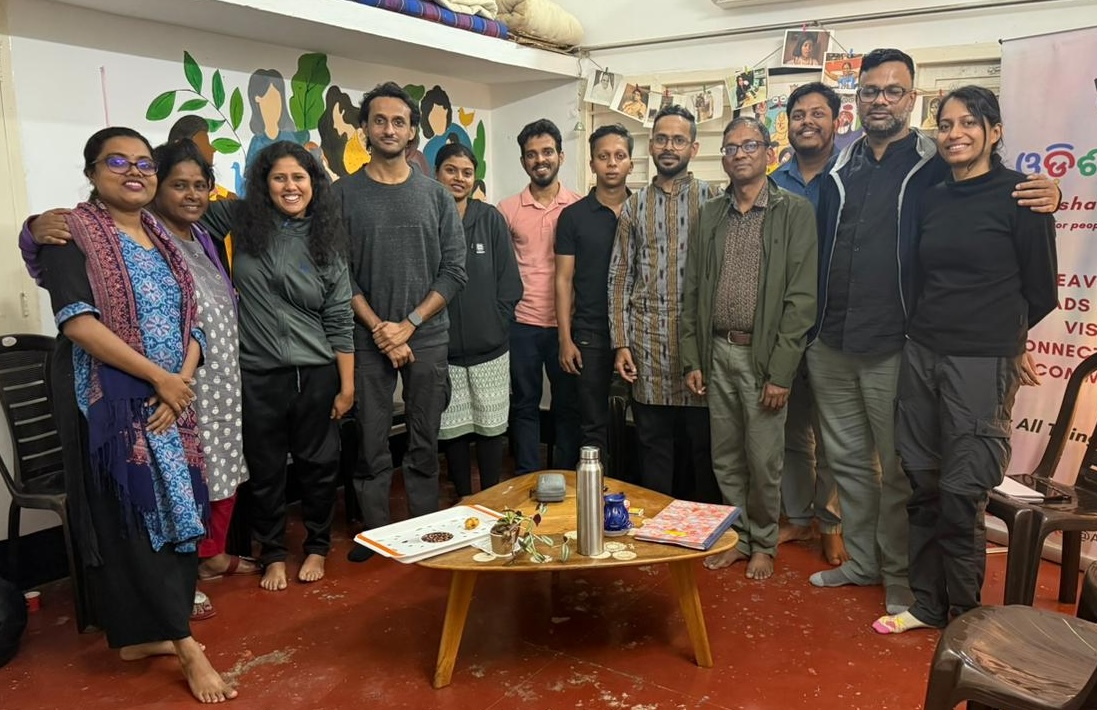New Delhi: In a significant breakthrough, researchers have identified a model system of quantum critical points that promises a deeper understanding of the behaviours exhibited by new materials. This innovative model system is poised to unravel the mysteries surrounding materials near a quantum critical point, offering insights into entanglement and the potential applications in quantum computing.
Traditional materials like silicon have been comprehensively studied and understood through established frameworks such as density functional theory. However, the complexities of emerging materials like transition metal oxides, manganates, ruthinates, and iridates pose challenges to these conventional frameworks. The distinctive properties of these materials, including their sensitivity to minute perturbations, hold tremendous potential for advanced applications in devices such as sensors, GPS, and memory RAM.
Led by Prof. N. S. Vidhyadhiraja from the Jawaharlal Nehru Centre for Advanced Scientific Research (JNCASR), a team of researchers conducted a study focused on “local quantum criticality,” a specific situation in quantum physics. Their findings, published in Physical Review B on May 1, 2023, received support from the Science and Engineering Research Board (SERB), now a part of ANRF.
Prof. Vidhyadhiraja underscores the team’s commitment to exploring emergence in condensed matter within the realm of quantum many-body physics. He emphasizes that the behavior of electrons in materials, akin to the organization of bees, birds, and ants, is not predictable by studying individual electrons alone but hinges on their collective interactions. The environmental conditions, particularly temperature, play a pivotal role in determining the final order within materials.
The study delves into vanadium oxide, a material undergoing a significant transition from insulator to metal and vice versa under slight changes in pressure or temperature. Beyond its conductivity shift, vanadium oxide exhibits alterations in its optical properties, transitioning between opacity and transparency in response to small changes in various factors.
The focus of the present study lies in local quantum critical metal-insulator transitions occurring at zero kelvin. The researchers identified a model system featuring a spectrum of quantum critical points, utilizing the theoretical model known as the “modified periodic Anderson model (MPAM).”
The MPAM reveals a unique energy distribution pattern termed a “soft-gap spectrum” within a three-orbital lattice model. This pattern emerges precisely at the critical point when the material transforms from being a metal to an insulator. A specific parameter, describing the relationship between temperature and energy levels, undergoes a distinctive change, becoming temperature-independent precisely at the critical point and leading to the formation of the soft-gap spectrum.
Prof. Vidhyadhiraja concludes, “These findings hold the potential to characterize quantum criticality and comprehend unusual behaviors in materials near a quantum critical point. The implications of this study extend to understanding entanglement and, potentially, applications in quantum computing.”





